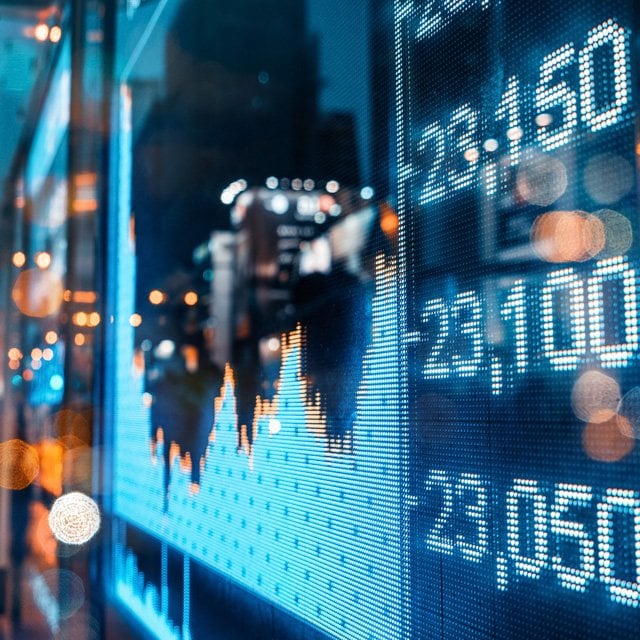Market Can End the Year 'Modestly Higher': Raymond James CIO

He also voiced concern about what artificial intelligence would do to the workforce as it becomes more embedded in company operations longer term. He cited projections indicating AI could cause large swaths of jobs to disappear.
(Goldman Sachs estimated this year that generative AI, like ChatGPT, could expose the equivalent of 300 million jobs globally to automation.)
Limits to AI in Finance
While AI does great in health care and other areas where it has voluminous data to analyze, Adam said, he doubted that the technology would have as great an impact on financial services, beyond improving business on the administrative side.
In the financial world, the data doesn’t go as far back as people would like it to, and events that can’t be foreseen, like the pandemic, the war in Ukraine and the banking crisis, affect markets, he noted.
“The financial world is ever changing,” he said, suggesting people prefer to rely on humans who understand and can apply nuances. “We live in a world that is people-based,” and clients want to talk to someone who can feel emotions, he said. When the market’s down, he added, “I’m not so sure somebody wants to talk to a robot or a computer.”
AI may be OK in an upward-moving market when everyone’s doing well, but in more volatile markets, “that’s where we earn our keep,” Adam said.
Hard to Compare to Past Markets
The CIO suggested it’s difficult to compare current market conditions to those in the past.
“I think every market is different,” he said. Market leadership is narrow now as in some past markets with less favorable outcomes, like the late 1990s, but tech companies “are a lot different than they were back in 2000,” Adam said. Firms back then were one-trick ponies, software or hardware, while today’s tech companies are much more diversified, spanning technology, finance, health care and streaming, he noted.
“They’re planting seeds for the future,” which gives them some stability, Adam said.
Other factors are different now than in previous markets, he said.
“The reactionary function of investors is so much different than it was back then. … I actually think that the markets are learning more from the past” and don’t slide as much as they used to from geopolitical events, assuming there are no major disruptions, he said.
The market, for instance, made a small pullback during the recent debt ceiling talks compared with earlier negotiations, as “people have grown used to brinkmanship” and the likelihood for a last-minute deal, Adam said. And Russian oil production didn’t drop as much as people expected after the country invaded Ukraine, nor did oil demand change significantly, he noted.
Market Leadership Could Broaden
Various drivers can help lift this market, he said.
The market response to recent banking issues may be “a little bit overdone,” Adam said. Everyone’s worried about regional banks, but they account for only 5% of the entire financial sector, which includes the big banks that benefit from regional bank stress, as well as credit card and insurance companies, he noted.
“So I think that the sector is a lot more diversified than people give it credit for,” he said.
The energy sector also could contribute to market gains, potentially rebounding when the West Texas Intermediate oil benchmark (recently around $72) gets closer to $85 or $90, Adam suggested. “We think that oil prices are going to move higher by the end of this year,” he said, citing China’s economy returning more quickly and the U.S. refilling its strategic petroleum reserves.
Health care also has a strong earnings outlook and could help augment market strength, Adam noted. “So I think you can see a broadening out of this market,” he said.
(Image: Adobe Stock)






